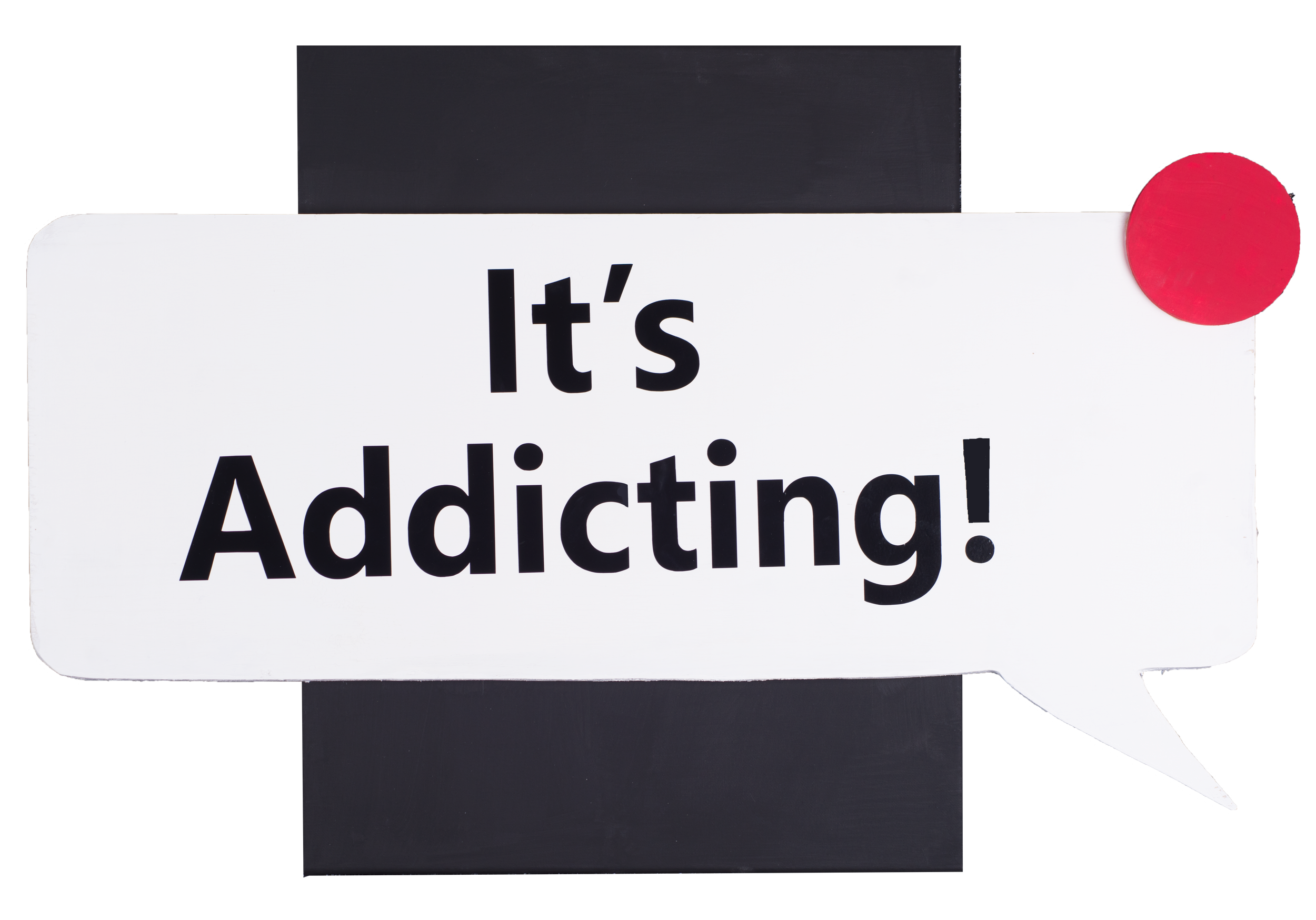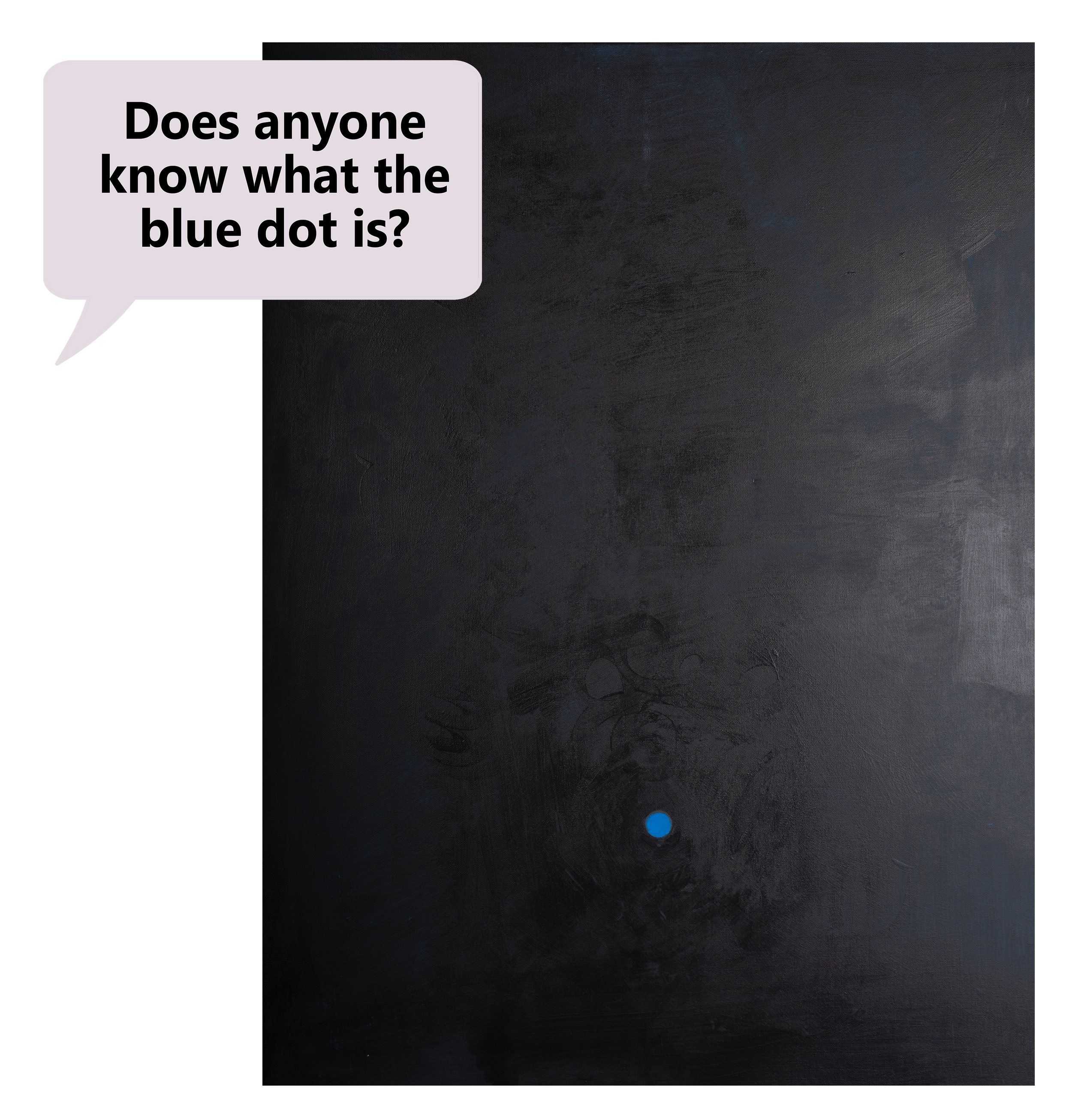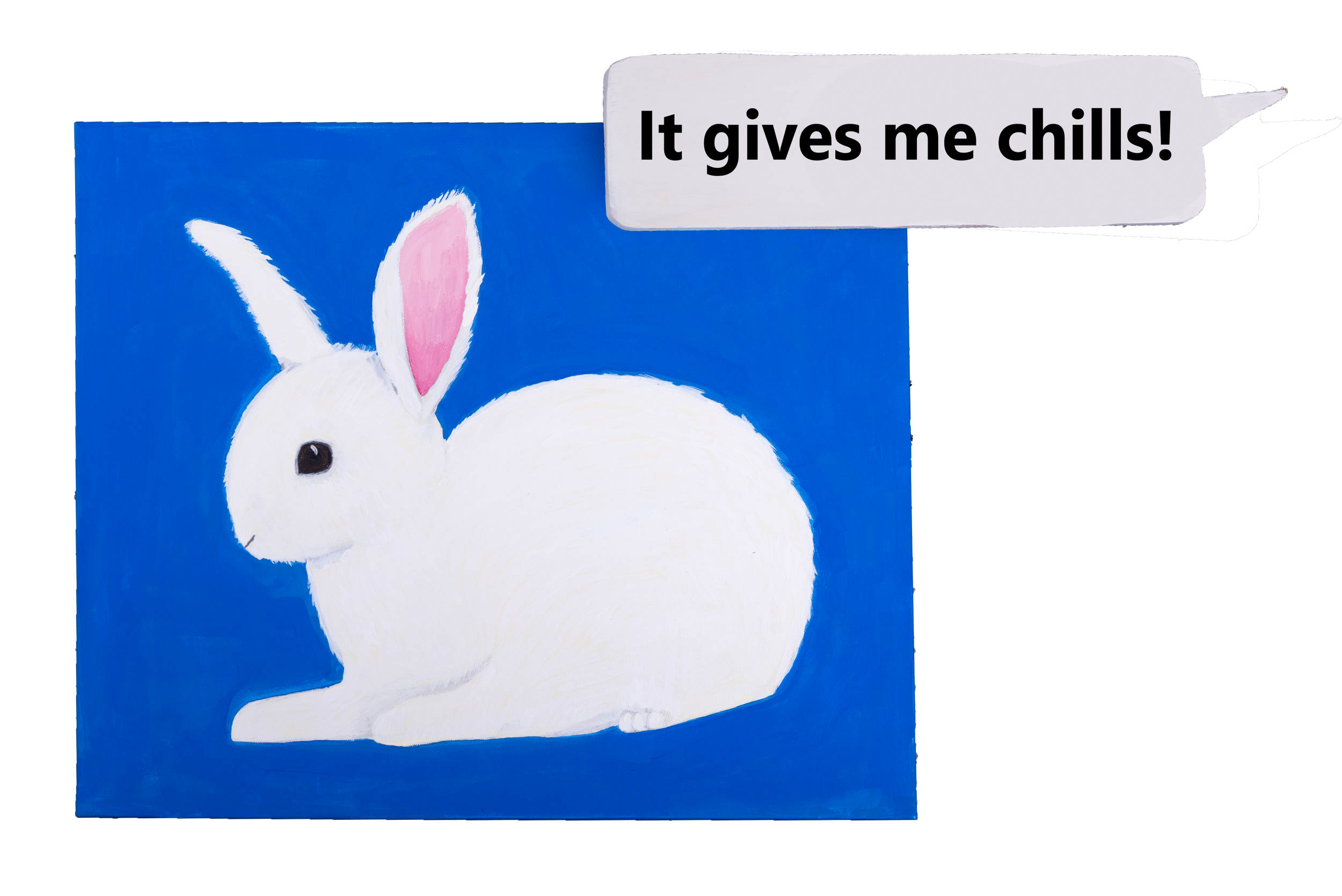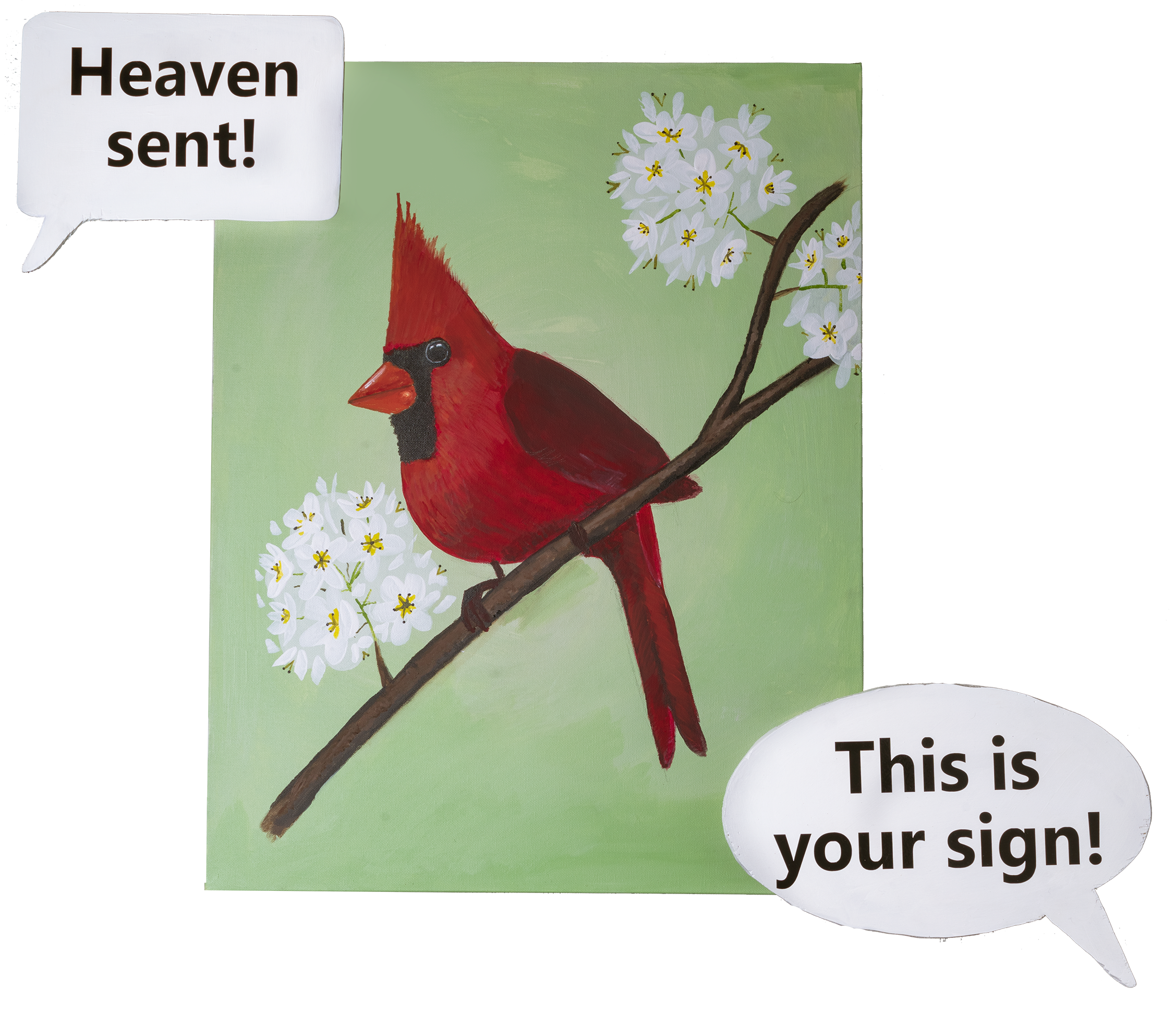Interview
Derek Jackson
Derek’s paintings are bold and colorful with a focused subject in the painting. Each painting has at least one talk bubble floating on the painting. His paintings are a commentary on social commentary. Everyone has an opinion. Derek tries to capture the essence of someone else’s opinion blocking the purpose of art. He is inspired by social media lately. Hearing phrases repeated that are used to sell a product or try to get someone to go watch a show or play. He used those phrases in his work to enhance the meaning more. Derek’s goal in his paintings is to get people to realize how much we are inundated with opinions and try to be aware of when to share an opinion to be respectful and at the right time.
What is your background and how did you start your journey in the art world?
“I have always gravitated towards art all my life but art and I have had an on and off relationship. My grandfather helped harness my talents for drawing. He would sit me down and ask me to draw things then critique it. I moved to Idaho and lost that connection with art until I moved back to North Carolina. I started a pottery class in middle school. It was so fun and brought me back to art. Then, we moved to Virginia. I didn’t take an art class until my junior year. That is when I learned there is a technique to art and the elements of art. My art teachers also taught me to question and ask, “What is the artist trying to say? I learned I had a knack for it.” I wanted to go to art school in New York City. We didn’t have enough money to go to school. So, I did what any eighteen-year-old would do and show everyone what I can do. I applied for a Lady Gaga fan art contest and won. The prize was to get my art in her “The Fame Monster (Super Deluxe Edition)” of her album. Only 10,000 were made. I stopped art for a while. Then I picked up a camera and started doing photography. I never exhibited my photographs anywhere. But I have an Instagram filled with them. Then, photography evolved into me painting again. I came up with the idea of the floating talk bubbles and it changed my world. It became something I was proud of doing. I am still fairly new. I haven’t exhibited anywhere yet, as of this publication but I really want to start somewhere in a big city.”
What inspires you?
“Society inspires me. What we say and do as people in society fascinates me. What people say inspires my talk bubbles. Sometimes just colors inspire me. I can go into the art store and get inspired by wanting to use a specific color in one of my paintings.”
What themes do you pursue? Is there an underlying message in your work?
“My work is commentary of social commentary. How our society is built on someone's else's opinion. It has become more prevalent today than ever. Everyone online with a platform is telling you want to buy, what not to buy, and endorsing products. An underlying message in my work is also online life. Some people call them trolls. Sometimes it’s just a random comment that gets published. Why is it that we find a need to comment mean things or spam something that someone worked really hard on and wanted to show the world.”
“My work is commentary of social commentary. How our society is built on someone's else's opinion. It has become more prevalent today than ever.”
How would you describe your work?
“My artwork is a modern take on pop art. I love bold bright beautiful colors and a focused subject. It isn’t quite a painting, but it isn’t a sculpture. I don’t know what it is. I think it is a little of both. Each painting has a talk bubble on it that explore the fact that everyone has an opinion.”
Which artists influence you most?
“A lot of artists influence me. This article would be pages long. Andy Warhol is first. He is what we think of when we think of pop art. He inspires me from his subject choices to his bright and bold colors. I am also inspired by the art of Dale Chihuly. I like his use of bold colors and form. I had to do a project about him in art class in High School and I was so inspired by him and what I learned about him. Yayoi Kusama is also an artist I am influenced by. I like her use of repetition she uses in her artwork. I had an art book with all different types of artists in it. I was looking through it and one of them caught my eye, Dan Flavin. I love his medium of lights to evoke emotion. I also like how he has pushed the boundaries of what art is. The first piece of artwork that made me gasp was Gerhard Richter’s Station when I was visiting the North Carolina Museum of Art in Raleigh North Carolina when I was a teenager. I loved the bold bright colors that he used, and the paint splatters created a movement to the piece that I love. I love the painting so much that I bought the poster for Station, but print doesn’t do that painting any justice. An artist friend of mine that inspires me is Rob Bernard. He is a Virginia based potter. He uses traditional Japanese pottery techniques and makes these beautiful pots. I have a vase from him I have in my bedroom. Rob taught me that no matter where you live you can have a successful career in art, that you don’t have to live in New York City to be successful. I cannot talk about artists that inspire me without mentioning the two artists who got me started. Jauan Brooks and Kelley Shradley. They were the art teachers who started it all. I would be nothing without them.”
What is your creative process like?
“While living life, I notice things. Things that make me laugh or make me question our society. I take those inspirations and sleep on them. Sleeping is the best time I have to think. I don’t know why but when I get to lay down with a thought in my head, close my eyes the gears in my head start shifting and a pretty good thought comes out. Then, I start working. I go to the art store and look at what size of canvas speaks to me. It is the only way to describe it.”
What is an artist’s role in society and how do you see that evolving?
“Artists are the backbone of society. Artists are the people who stylize, create and paint all forms of entertainment. As long as we have entertainment and people on the earth, we are going to need artists to entertain us. How it is evolving I think that people’s attention is shortening and we need something with high flash to get people's attention. Art is going to change from galleries that have studio space to online apps to promote your art. But that creates a saturation of the market because everyone in the world can do it.”
Website: derekjacksonartist.com
Instagram: @DerekJacksonArtist
Brush Bio: www.brush.bio/derekjacksonartist









